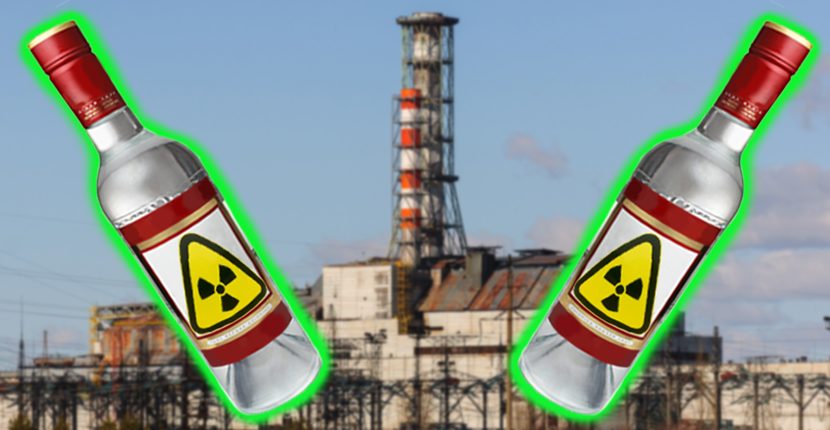Of all the things to come out of the Chernobyl catastrophe, a new vodka might be the strangest. Vodka is Russia’s national drink, much like wine is France’s and bourbon is the southern United States’s. Many nations have a type of alcohol that is so commonplace it becomes part of the country’s identity, and often its manufacture is a key contributor to the national economy. France has Bordeaux, the region in which famous wines are made. Ireland has Guinness, the family-run brewery that employs hundreds who make its world-famous lager.
In Russia, it’s vodka. Vodka is an alcohol originally fermented from potatoes, but many of today’s largest distilleries largely use cereal grains. Production of vodka is a vital component of Russia’s national economy, as it has been for centuries.
But no matter how fond of vodka some consumers may be, they are likely to pause in the aisle of their local liquor or grocery store when they see the name of a new vodka producers are introducing: Atomik Vodka. This brand is joining the ranks of other famous vodkas, like Stoli and Beluga. The name ‘Atomik’ is a tongue-in-cheek reference to where the grains are grown to make this alcohol, Chernobyl.
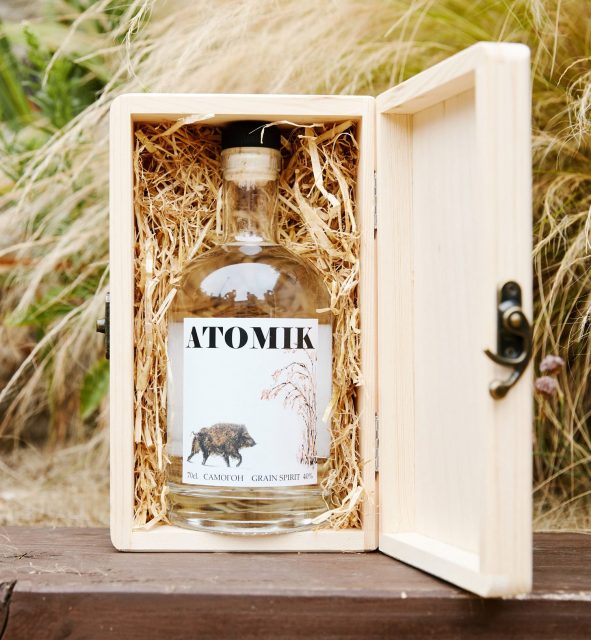
Officials in Chernobyl have been mulling ideas for reinvigorating the area’s economy since the nuclear disaster there in April, 1986. Authorities at the time said the region was ruined for human life for an astonishing 24,000 years, a consequence of radiation fallout. Three hundred and fifty thousand people were evacuated from Chernobyl that spring, and it has been considered largely a wasteland ever since.
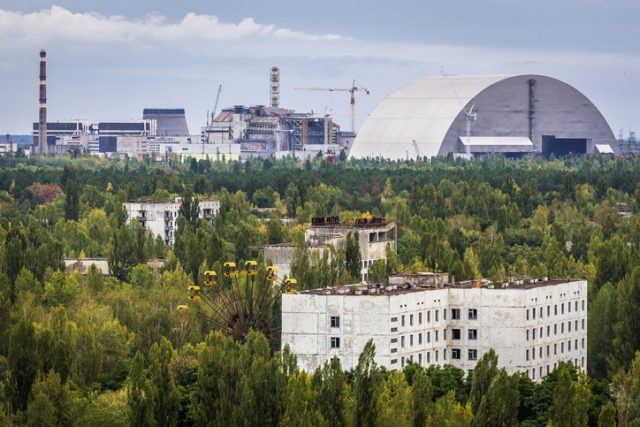
However, parts of the region are populated once again, and even animals and plants have re-established themselves. Today, guides take visitors within reasonably close proximity of the disaster site, although there is still, of course, what’s called the “exclusion zone” that no one can approach. But these positive developments counter the notion that the entire region of Chernobyl will be uninhabitable and unusable for many centuries.
Related Video: The People who Live in Chernobyl’s Radioactive Area
https://youtu.be/tbNeYNLrWwA
A new spirits company has cultivated grains in the area, and consulted British scientists and other experts to ensure they are safe for consumption. University of Portsmouth professor Jim Smith is one of the experts involved with the production of Atomic. He recently told theguardian.com that the “artisan” liquor is being made through a collective effort called, Chernobyl Spirit Company. He added that 75 percent of its profits will be plowed back into the community to help restore its drained economic resources.
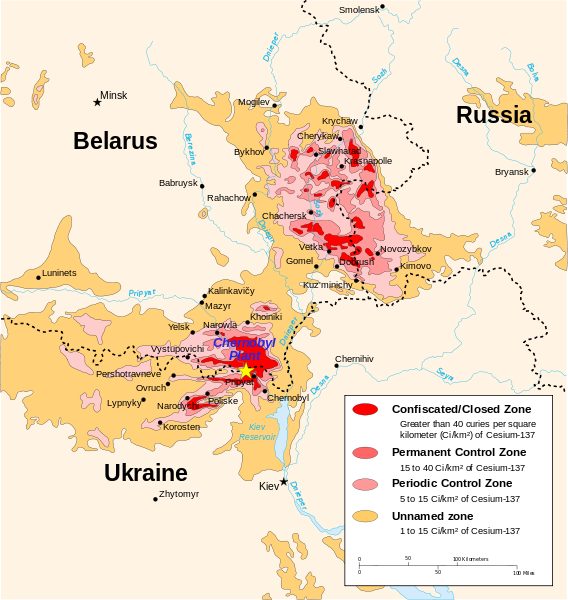
Smith explained that the vodka is combined with water from a very deep well close to the site. He added that, from his perspective, “I think this is the most important bottle of spirits in the world, because it could help the economic recovery of communities living in and around abandoned areas.”
He also assured theguardian.com that the vodka is completely safe for consumption: “…distilling reduced any impurities in the original grain, (so) the only radioactivity researchers could find is natural carbon 14, which you would expect in any spirit drink.”
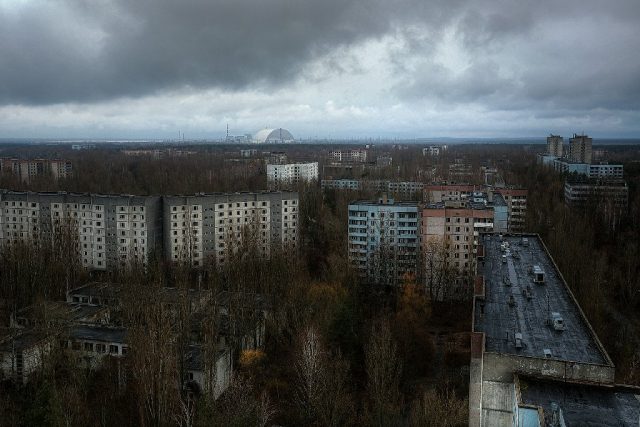
The vodka might be safe, but Smith and his colleagues may have a difficult road ahead battling perceptions about the toxicity levels in the water around Chernobyl, and the grains. People are often reluctant to imbibe or ingest anything they perceive as even slightly tainted, no matter how old or unfair that perception may be. Still, Smith is determined to see the product succeed and, more importantly, contribute to the economic resuscitation of the Chernobyl area and its residents, partly through this new brand of vodka.
“We aim to make a high value product to support economic development outside the main ‘exclusion zone’,” he said, “where radiation isn’t a significant health risk.” But ‘isn’t significant’ may prove to be too little for health conscious consumers who don’t want to take chances with their well being. And alas, to many, the image of Chernobyl is still one of risk, and even poison. It’s a tough, dark image to overcome, and only time will tell whether Atomic can knock down that image and resurrect one of a happier, safer era.
Related Article: The Radioactive Dogs of Chernobyl are Being Brought Back into Society
In the meantime, Russian officials have enjoyed sampling Atomik; one government member involved in the tasting, Oleg Nasvit, declared, “I like it,” and compared it to “high quality moonshine.” Having a Russian compliment your vodka? Very high praise indeed.
